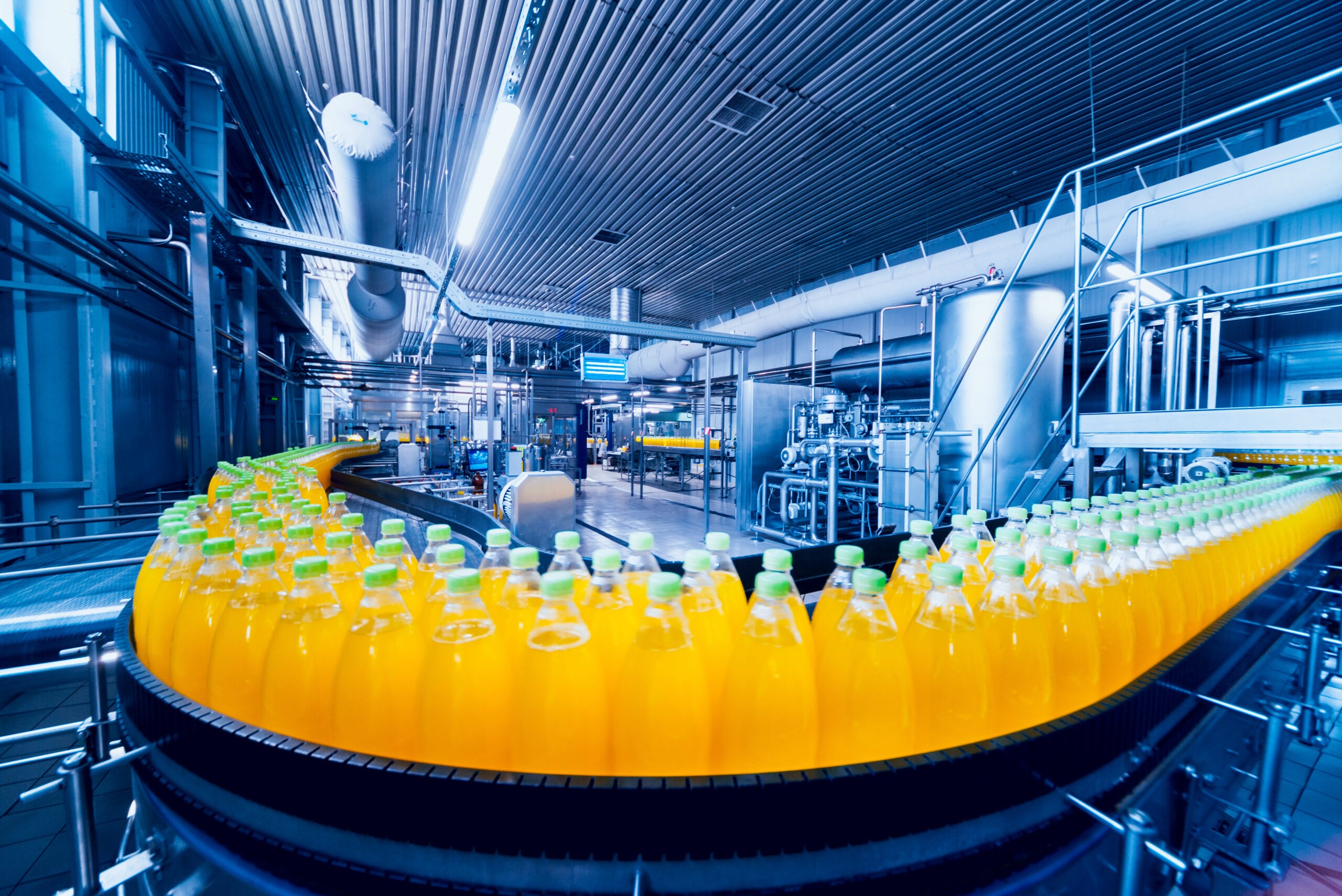Hydraulic systems, due to their extensive application in heavy-duty machinery, are not commonly associated with sectors that require precision and extreme cleanliness, such as food and beverage or pharmaceutical. However, the incredible versatility of both hydraulics and pneumatics mean that most food production facilities actually rely on them to perform a wide variety of tasks, ranging from processing to final packaging and even product loading. The extreme temperatures, high pressure and high speeds at which production lines can often operate mean that hydraulic and pneumatic solutions are often the most viable solutions.
Everything from chocolate eggs to yoghurt, pastry to beer all need the assistance of hydraulics or pneumatics to make the final product. You will find both systems at work in every stage of preparation, processing or packaging but here are just some of the places where you can find them:
- Chopping, cutting, slicing and dicing systems
- The movement of products around the production line
- Ingredient dispensing systems for both solids and liquids
- Powering mixers and blenders
- Blow-moulding and manipulation of food grade packaging
- Shaping and forming end products
- Sealing of bottles and cans

Keeping the process moving
Hydraulics and pneumatics provide torque, force, displacement and rotation not just for the products themselves but also for the components of the production line system. They aid in tasks such as the opening and closing of oven doors, the redirection of items along an assembly line and also in the hygienic cleaning and sanitation of processes after food production has ceased.
Pneumatic systems that are driven by air compressors are often used in food production as a reliable way of generating motion. They are easy to keep clean which is essential in a food production environment. Hydraulic motors are particularly useful where lifting or lowering is involved. Both systems are capable of driving processing, assembly or packaging lines even in the most difficult work environments. They are often preferable to electric power as they are largely unaffected by extreme dust and moisture.
So next time you bite into your pasty or savour a fondant filled chocolate egg, remember, the power behind the processes used to create it are the same as the ones that power cranes, keep thrill rides safe in amusement parks and even power backdrops and stage changes in the theatre!





Select a country